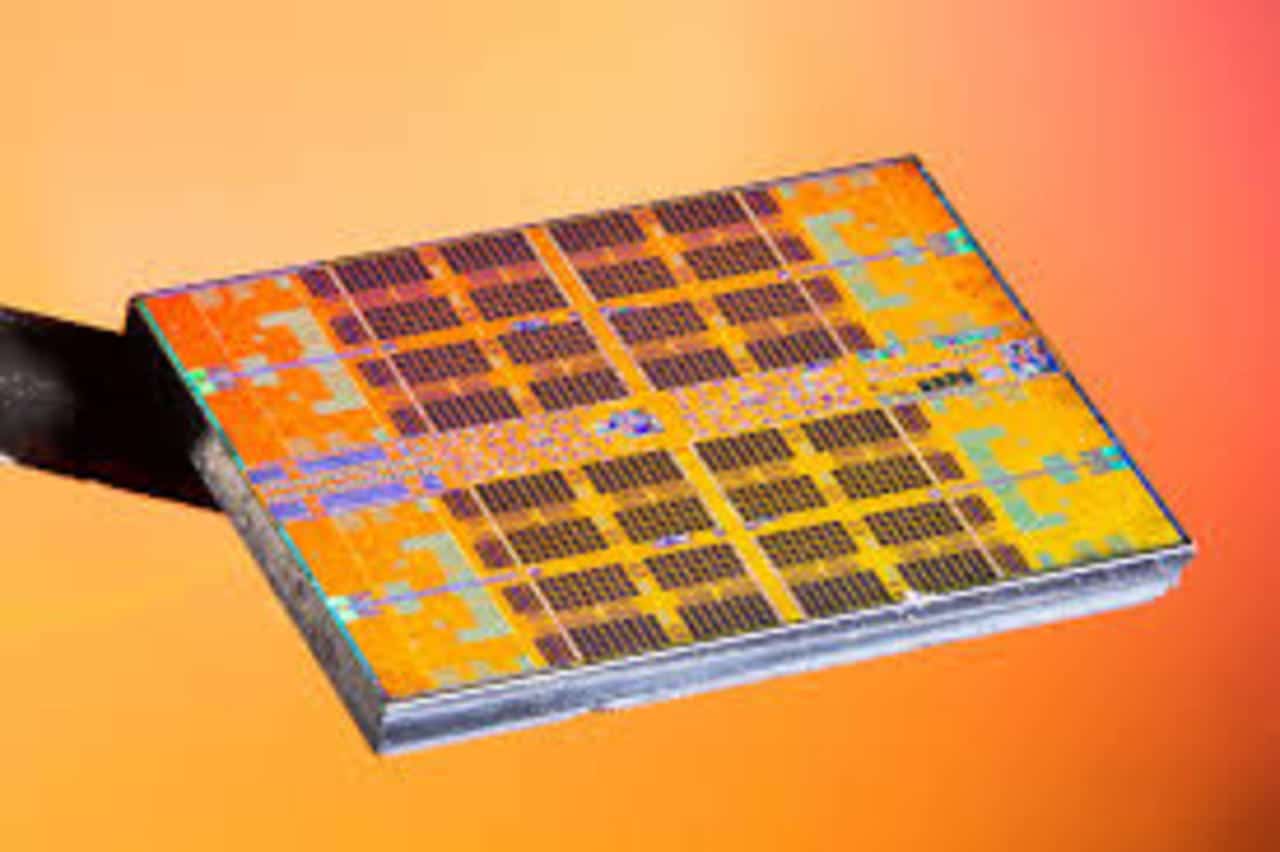
AMD Zen 3 is the future microarchitecture with which the company intends to continue hurting Intel. The Zen, Zen + and Zen 2 products have been a great success. Now, with the arrival of the Ryzen 4000 Series APUs, another step is taken to conquer a sector in which Intel still dominates very hard, such as notebook computers. These new chips are still based on Zen 2, despite their numbering that seems to refer to the 4th Generation that would be the one corresponding to Zen 3.
Although Zen 3 has not yet appeared, the AMD developers involved in the Linux kernel they have already incorporated the source code necessary for it to work properly with the system. These future chips will come for home computers, but also for others from HPC, such as servers and supercomputers based on EPYC. A very important sector in which Linux is also the undisputed king ...
Regardless of the news itself, good for Linux, some new features have also been revealed about what Zen 3 can be. As is usual when source code is added in advance of the Linux kernel, they can be analyzed to reveal certain details that have not yet been officially revealed. At CES 2020, Dr. Lisa Su, current CEO of AMD, already announced that Zen 3 is coming soon.
The new Linux patch to support this 19h family (Zen 2 was 17h, like Ryzen 4000 APUs) of AMD processors. And in the face of this change in the nomenclature of AMD, which has not left the 4000 series for its Zen 3, but rather ahead of these APUs, it can be sensed that an important change in the paradigm of its new designs could come.
In fact, Mark Papermaster himself has said that 'Zen 2 was an evolution of the Zen microarchitecture. Zen 3 will be based on a completely new architecture.«. It is supposed to bring a double digit IPC performance increase and use TSMC's enhanced 7nm + node.
Others hearsay that have been raised, but that are still rumors, is that it could include SMT4, that is, each core can execute up to 4 threads simultaneously as some IBM POWER, etc. That would double the capacity of Intel HyperThreading (the trademark Intel calls its SMT implementation), although for the desktop it wouldn't make much sense ... yes for HPC, where the software can take advantage of more parallelism.
Either way, Linux is going to be among the first to support it!